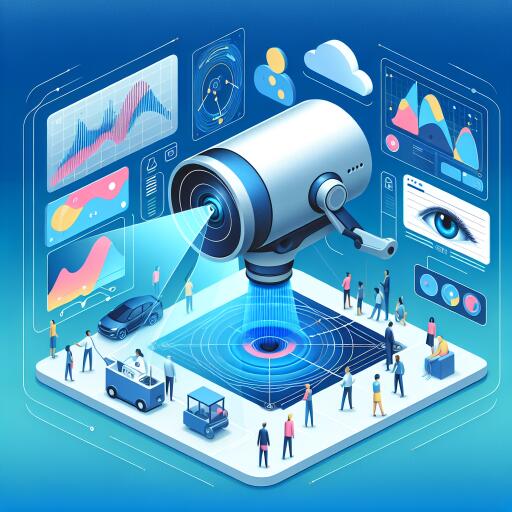Exploring the Privacy Landscape of Apple’s Vision Pro: An In-depth Look
In the realm of technology, Apple’s Vision Pro has been a topic of intense discussion, especially concerning the privacy of data it collects and shares. The device, a blend of virtual and augmented reality, pushes the boundaries of spatial computing. However, the intersection of advanced hardware and intricate software raises pivotal questions regarding user privacy and data security.
Equipped with a dozen cameras and half a dozen microphones, Vision Pro navigates the fine line between immersive experience and privacy intrusion. The device’s inherent capabilities, such as tracking a user’s gaze or interpreting environmental sounds, offer unparalleled potential for both utility and surveillance.
The technology underlying Apple Vision Pro transforms real-world environments into digital overlays or completely new settings, thanks to its sophisticated combination of LiDAR and camera data. Additionally, visionOS enriches this digital representation with accurate audio simulations, creating immersive and engaging experiences for users. Yet, this deep integration with the real world necessitates a thorough examination of what data is shared and how it is used.
Apple recently unveiled a comprehensive privacy overview for Vision Pro, shedding light on the data interactions between the device and third-party applications. Contrary to initial assumptions, the device doesn’t freely share data about a user’s surroundings. Similar to how permissions work on an iPhone, apps on Vision Pro require explicit user consent to access spatial data. This mechanism aims to marry immersive experiences with privacy safeguards.
Consider an app that animates dinosaurs into your living room; accessing your surroundings enables these virtual creatures to seamlessly integrate with your physical space. To achieve this, an application might use a scene mesh to understand the geometry of the environment, recognize objects, and pinpoint their locations. However, Apple ensures that such access is strictly controlled. Apps are limited to information within a five-meter radius of the user, restricting the depth of immersion to a safety bubble around them. This limitation means that beyond this threshold, certain effects like accurate shadow casting and reflections might not persist, balancing immersion with user privacy.
The introduction of Vision Pro’s privacy overview marks a step towards transparency, offering users and researchers alike a clearer picture of the data exchange mechanisms in play. While the venture into mixed reality is fraught with privacy challenges, such measures indicate a commitment to navigating these waters with user security at the forefront.
As the landscape of virtual and augmented reality continues to evolve, the dialogue around privacy and security becomes ever more critical. Vision Pro’s approach to spatial data represents just one of many discussions to be had as technology further blurs the line between digital and physical realms.









